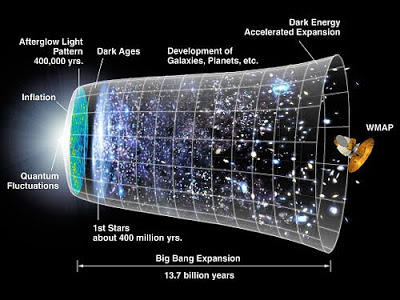

| Online: | |
| Visits: | |
| Stories: |

| Story Views | |
| Now: | |
| Last Hour: | |
| Last 24 Hours: | |
| Total: | |
Cosmology: “Galaxy Distribution Appears To Negate ‘Big Bang’”
Millions of galaxies over one hundred million light years across, moving in the same direction, have penetrated the center of the local super cluster of galaxies located in the vicinity of the Centaurus and Hydra and constellations. Another anomaly is the Coma cluster at the center of the CfA2 Great Wall. It is one of the largest observed structures in the Universe, containing over 10,000 galaxies and extending more than 1.37 billion light years in length.
In their attempts to rationalize these glaring anomalies, the prevailing theory has posited “dark energy” to explain why a created universe did not spread out uniformly at the same speed and in the same “spoke-like” directions as predicted by theory. With the addition of as yet unproven dark energy or a “great attractor” the “Big Bang universe slows down, then suddenly speeds up, then slows down, then accelerates, with different regions all moving at different velocities and different directions.”
• Springel, V. et al., (2006),
The large-scale structure of the Universe. Nature 440, 1137-1144; Cosmology.com
• Axiomatic Astronomy site: http://marlbryastronomy.blogspot.com/
Source: http://coyoteprime-runningcauseicantfly.blogspot.com/2017/03/cosmology-galaxy-distribution-appears.html



